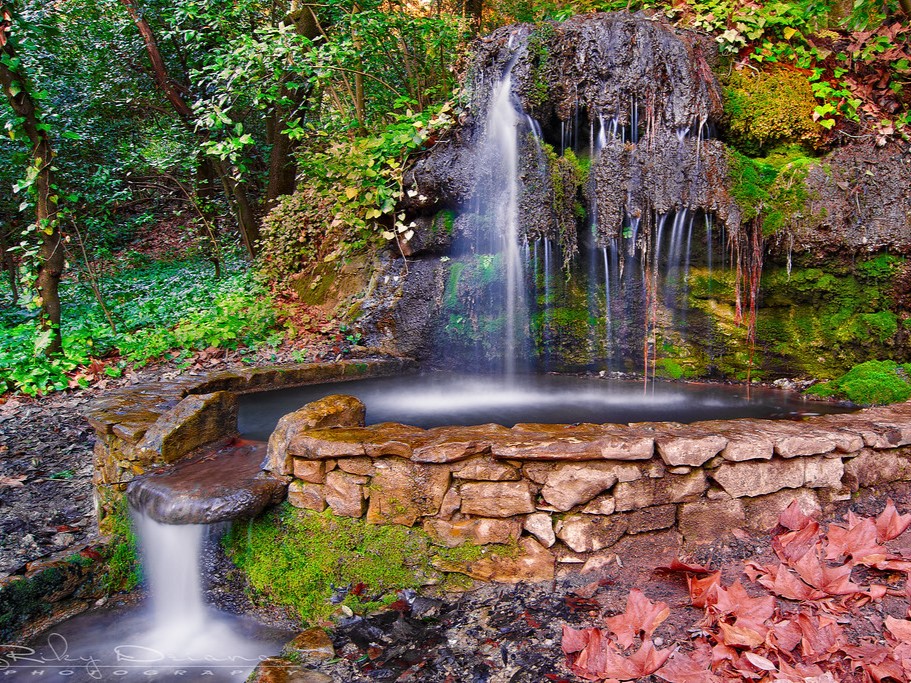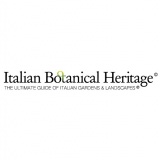
 Italian Botanical Heritage
Italian Botanical Heritage
Italian gardens and parks: Aymerich Park and Castle
- WTI Magazine #177 Jul 20, 2024
-

 Italian Botanical Heritage
Italian Botanical Heritage
The Aymerich Park is an urban park built around the remains of the Aymerich Castle, probably built in 1053. The area covers almost 22 hectares in the municipality of Laconi, in the district called Sarcidano, at the center of Sardinia. The ruins of the castle show multiple stratifications, that over the centuries have led to the current look.
The actual name is that of the last lords of Laconi, the Aymerich, who lived here from the eighteenth century until the mid-nineteenth century; but the building was built in the Middle Ages to defend the frontier of the Kingdom of Arborea from that of Cagliari. The main tower, rectangular in plan, dates back to the XI-XII century and in the eighteenth was transformed into a prison.
Next to the tower there is the real castle, built on two levels: the lower one is contemporary to the tower, while the upper one came after, and has elegant moldings on the windows in Catalan-Aragonese style. Ignazio Aymerich, a Senator of the Kingdom of Italy in 1830 and a passionate collector of plants, was the one who wanted either the creation of a garden of exotic plants that extends over a large area, and the wood which surrounds the castle, where we can find a also unusual habitat of non native plants, such as a cedar of Lebanon (Cedrus libani) with special dimensions, the Corsican pine (Pinus nigra), the Pendulo beech (Fagus sylvatica), the Collectia cruciata (very rare plant), and even the Magnolia grandiflora, the Thuia orientalis, and Taxus baccata.
The park also consists of dense oak forests (Quercus ilex), interspersed with natural cavities, streams, small waterfalls and ponds that create an atmosphere of great charm. Moreover, in all the surrounding areas you can admire the highest number of species of Sardinian orchid with, in some cases, their origin inscribed in the name itself (Ophris laconensis and Orchis sarcidani); and rarities like the Pyracanta coccinea (the one and only discovery in the whole Sardinia).